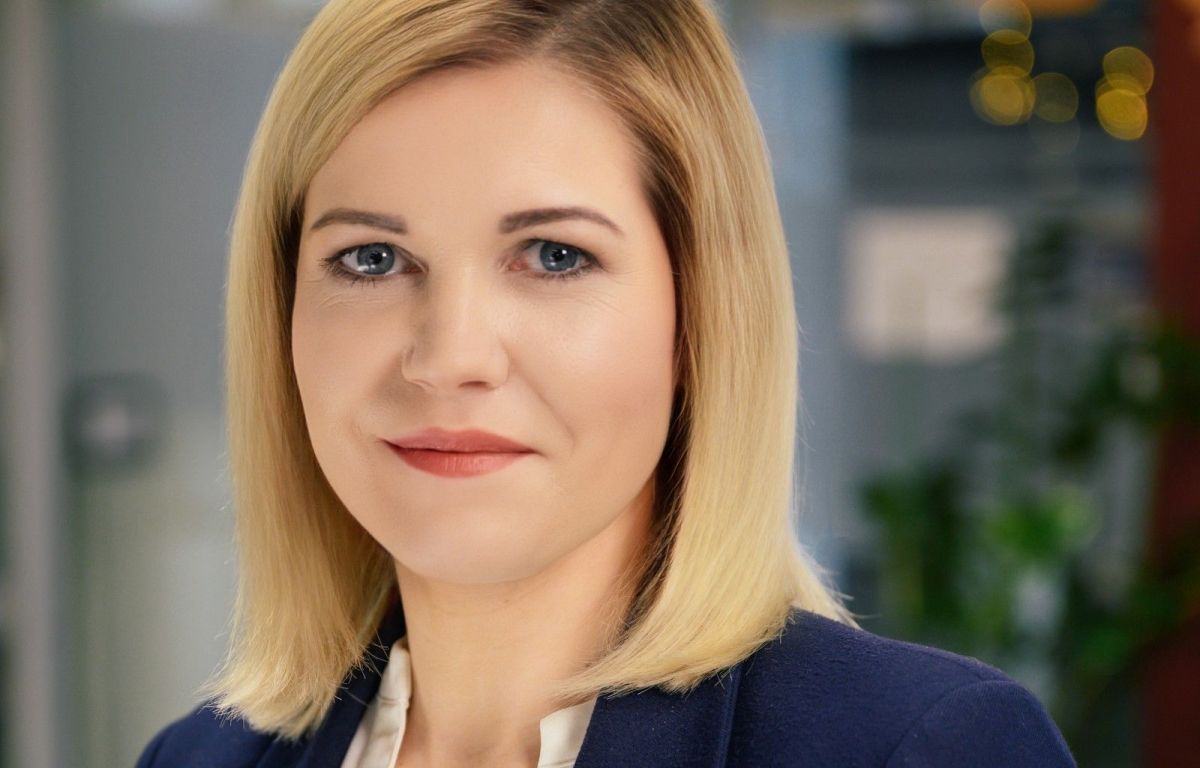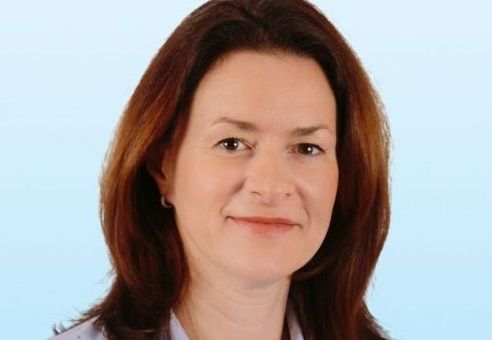There are obviously several factors - generally economic and financial – behind this, but is it a cause for concern for the rest of the year, or is it rather that investors are just keeping their powder dry for more activity in the months ahead? And if so, are we already seeing signs of this?
In the opinion of Marta Gorońska-Wiercioch, a director in the capital markets department of BNP Paribas Real Estate Poland: “There was not much excitement in terms of volume of transactions in Q1 – around EUR 360 mln was transacted in Poland in an echo of the 2023 slowdown. Processes are taking a little longer, about 7 to 9 months on average, so the deals that did take place clearly started in 2023. We are aware that there are several portfolio deals in the pipeline, which if accomplished will boost this year’s volumes, but we don’t expect the overall volume for 2024 to be anything spectacular.” According to her, the main reason for this is that the cost of ca































































